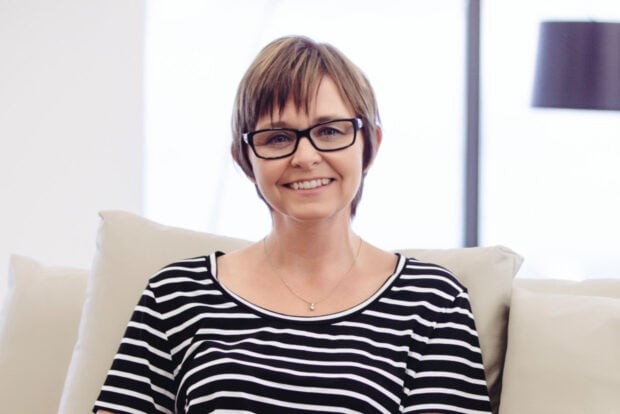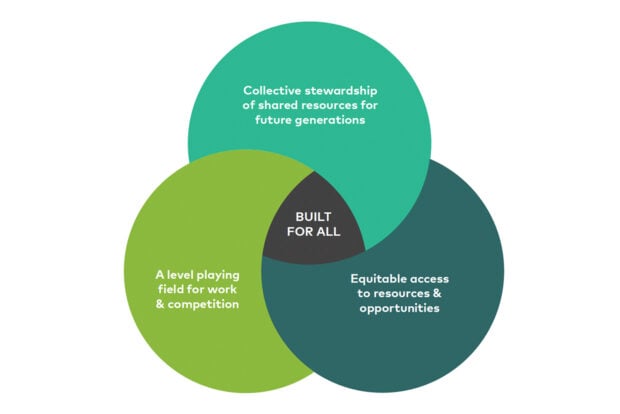New Zealand forging ahead with civil service gender equality

More than half of New Zealand’s civil service chief executive roles are now filled by women, the government has announced.
Of the 33 public service departments across government, 17 will be headed by a woman by February 2019. Three new female appointments since June 2018 have increased the number to 52% of the total – up from 44% earlier in the year.
Education minister Chris Hipkins called it an“outstanding achievement”, adding: “We want, and New Zealanders deserve, a public service with an international reputation for excellence. A public service that reflects the communities it serves. A public service with an international reputation for equal representation for women and paying women equally.”
Multiple benefits
Minister for women Julie Anne Genter said diversity helps organisations function more effectively. “Women are now leading the Ministry of Business, Innovation and Employment, Ministry of Education and Inland Revenue Department, and soon will be leading at the Ministry for Social Development,” she said.
“More women in leadership means better decision-making,better organisational resilience and better performance. It also opens up more opportunities for women to succeed, and contributes to a more inclusive and fairer society.”
Inching up
The government has been making steady progress on gender equality across the civil service during the past decade.
The 2017 Public Workforce Data report showed that women made up 60.5% of New Zealand’s overall public service workforce, and held 53% of management roles. The figure for senior leadership roles was lower, with 47.9% of women in the top three tiers of senior management. However, this figure has also risen significantly from 37.8% in 2007, and is expected to hit the 50% mark by 2020.
Julie Anne Genter pointed out that increasing women’s representation in senior public sector roles is one of the goals of the Gender Pay Gap Action Plan, launched in July.
Led from the top
New Zealand’s prime minister Jacinda Ardern said last year that she aims to make the public service a catalyst for greater parity in the wider economy – and New Zealand a world leader in gender pay equality.
“If New Zealand is seen as a champion of issues around gender pay gap and pay equity, I would be proud of that,” she said. “I know,though, that we will only be seen as a world leader if we’re able to make inroads ourselves.“Our view is that if we can’t demonstrate that level of leadership at the centre and heart of government, then how can we call on the private sector to do the same? We want to send a message to our CEs that we see it as a priority.”























